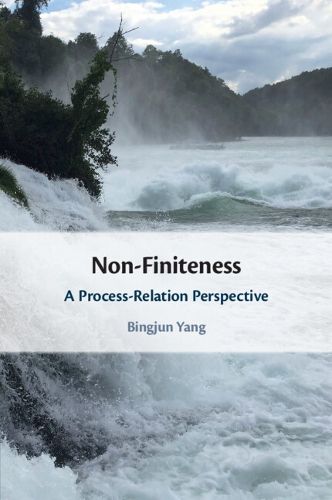Readings Newsletter
Become a Readings Member to make your shopping experience even easier.
Sign in or sign up for free!
You’re not far away from qualifying for FREE standard shipping within Australia
You’ve qualified for FREE standard shipping within Australia
The cart is loading…






'Non-finiteness' is a phenomenon that occurs in most natural languages, whereby a verb is not inflected by grammatical tense, and does not possess the grammatical features of aspect, mood or voice. Various theories have been developed to explain their distribution and their role in clause structure, but many instances of non-finiteness remain unaccounted for. Taking a functional approach, this study proposes a 'process relation framework' to explain the more complex, previously unaccounted for, instances of non-finiteness in clause structure. It applies the framework comparatively to non-finiteness in English and Chinese, showing how it can be applied across typologically distinct languages. Drawing on corpus-based instances and observations, it introduces numerous thought-provoking cases, in which constructional (or combining) types and the predictability of non-finiteness co-occur. In terms of application, non-finiteness is decisive in categorising language types, and it is critical in processing natural languages, text segmentation and annotation in particular.
$9.00 standard shipping within Australia
FREE standard shipping within Australia for orders over $100.00
Express & International shipping calculated at checkout
'Non-finiteness' is a phenomenon that occurs in most natural languages, whereby a verb is not inflected by grammatical tense, and does not possess the grammatical features of aspect, mood or voice. Various theories have been developed to explain their distribution and their role in clause structure, but many instances of non-finiteness remain unaccounted for. Taking a functional approach, this study proposes a 'process relation framework' to explain the more complex, previously unaccounted for, instances of non-finiteness in clause structure. It applies the framework comparatively to non-finiteness in English and Chinese, showing how it can be applied across typologically distinct languages. Drawing on corpus-based instances and observations, it introduces numerous thought-provoking cases, in which constructional (or combining) types and the predictability of non-finiteness co-occur. In terms of application, non-finiteness is decisive in categorising language types, and it is critical in processing natural languages, text segmentation and annotation in particular.